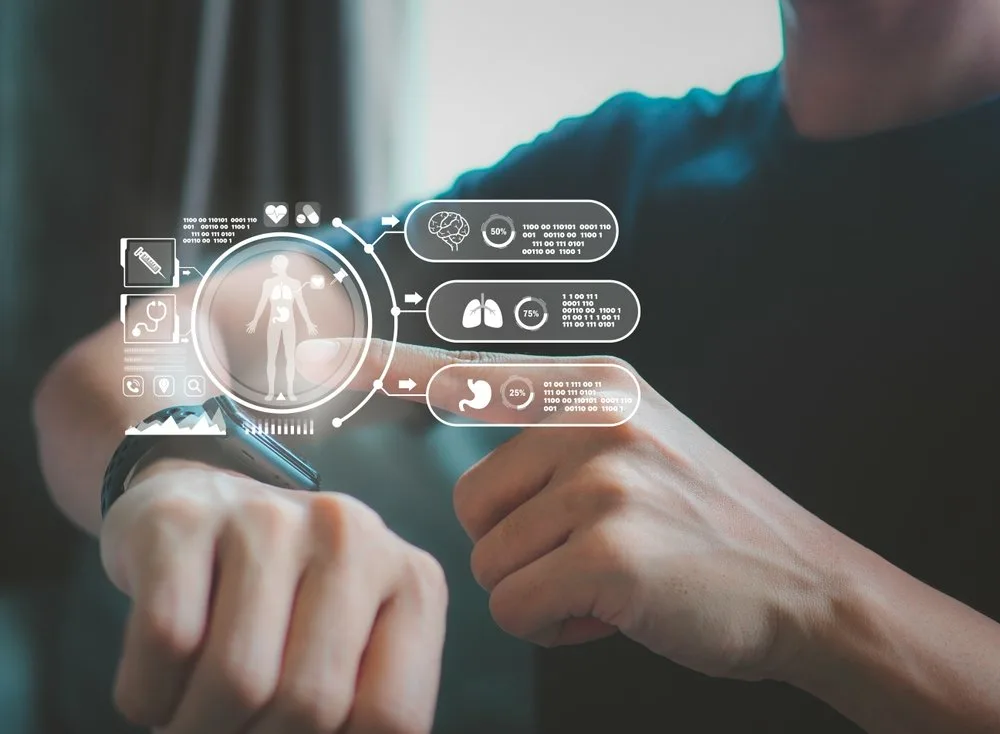Imagine controlling a computer with your thoughts, communicating without speaking, or restoring lost movement to a paralyzed body—simply by connecting your brain to a machine. What once sounded like science fiction is fast becoming reality through the rapid evolution of neurotechnology, especially Brain-Computer Interfaces (BCIs). These systems create direct links between the human brain and external devices, allowing thought alone to drive action. From restoring mobility to enabling telepathic-like communication, BCIs promise to revolutionize medicine, communication, and even human identity. But as we move closer to a world where minds can be read, written, or even hacked, the implications stretch far beyond science and into the realm of ethics, law, and philosophy.
I. What Is a Brain-Computer Interface?
At its core, a Brain-Computer Interface is a system that detects brain signals, decodes them, and uses them to control external devices—bypassing traditional physical interaction.
BCIs typically involve:
-
Signal acquisition: Reading neural activity through electrodes (invasive or non-invasive).
-
Decoding algorithms: Interpreting patterns in neural data to infer intention or action.
-
Output execution: Sending a command to a machine—like moving a cursor, operating a robotic arm, or typing on a screen.
Some BCIs are non-invasive, using EEG caps or headsets. Others are invasive, requiring surgical implants to interact more directly with neurons.
II. From Restoration to Augmentation
Initially developed for medical rehabilitation, BCIs are already helping patients with spinal cord injuries, ALS, and strokes. But as the technology matures, it’s moving from restoration to augmentation—enhancing human capabilities in ways never before possible.
Restorative Applications
-
Mobility restoration: Quadriplegic patients have used BCIs to control robotic limbs or even walk again using exoskeletons.
-
Communication: Locked-in patients can now "speak" through thought-based typing systems, some achieving up to 90 characters per minute.
-
Vision: Experimental visual prosthetics connect directly to the visual cortex, offering rudimentary sight to the blind.
Cognitive Enhancement
-
BCIs may one day allow for memory uploading, direct brain-to-brain communication, or attention enhancement.
-
Military researchers have explored BCIs for controlling drones with thought or improving soldiers' focus under stress.
-
Companies like Neuralink, founded by Elon Musk, envision a future where people can control computers or even share emotions telepathically via implants.
III. The Commercial Frontier
In recent years, the private sector has entered the neurotech race, aiming to build consumer-grade BCIs.
-
Neuralink has developed a brain implant the size of a coin, with flexible threads thinner than human hair. Early trials aim to help paralyzed individuals regain control of digital devices.
-
Synchron, a competitor, has created a stentrode—a BCI implanted via blood vessels, avoiding open brain surgery.
-
Meta and Snap Inc. have invested in neural wristbands and brain-signal decoding for augmented and virtual reality.
These efforts signal a shift: BCIs are no longer just lab experiments—they're on the path to consumer products.
IV. Ethical and Legal Dilemmas
The power to read or write to the human brain opens an ethical Pandora’s box. If thoughts can be decoded, where do privacy and autonomy begin and end?
Mental Privacy
What happens when your inner thoughts are no longer fully private? Could employers or governments access mental states for productivity or security?
Consent and Surveillance
Even if BCIs are voluntary, how do we ensure true informed consent, especially when the data harvested includes intimate thoughts or emotional states?
Identity and Free Will
If a BCI can alter mood, memory, or decision-making, where is the boundary between a person’s will and the machine’s influence?
Philosophers, ethicists, and legal scholars are racing to define neurorights—a new class of human rights that protect cognitive liberty, mental privacy, and the right to psychological integrity.
V. Risks and Technical Challenges
Despite the excitement, BCIs face serious hurdles:
-
Signal fidelity: The brain produces noisy data. Reading it accurately, especially without invasive surgery, is extremely difficult.
-
Longevity: Implanted electrodes degrade over time, and long-term safety remains uncertain.
-
Security threats: Brain data could become a new vector for cyberattacks, making “brain hacking” a genuine future concern.
-
Digital divide: As with any powerful technology, there's the risk that BCIs become accessible only to the wealthy or privileged, widening inequalities.
VI. A Glimpse Into the Future
In 10 to 20 years, we might see:
-
Students learning languages through BCI-enabled neural stimulation.
-
Musicians composing music by imagining sound, translated directly to digital form.
-
People with neurodegenerative diseases restoring memory through implanted chips.
-
Brain-to-brain communication becoming a new mode of interaction—blurring the boundary between thought and language.
Yet, we must ask: Do we want a world where machines mediate our every thought? Is the convenience worth the cost?
Conclusion: The Most Intimate Interface
The rise of Brain-Computer Interfaces marks a profound shift—not just in technology, but in our understanding of what it means to be human. For the first time, we are building tools that don’t just extend our muscles or senses—but reach into the very fabric of our minds.
If handled wisely, BCIs could bring freedom to the disabled, unleash creativity, and transform communication. If misused, they could erode privacy, autonomy, and mental sovereignty in ways we’re not yet equipped to handle.
This isn’t just the next tech revolution—it’s a cognitive revolution, one that demands caution, curiosity, and courage in equal measure.
The question is no longer whether we can connect minds to machines—but whether we’re ready for what happens when we do.







